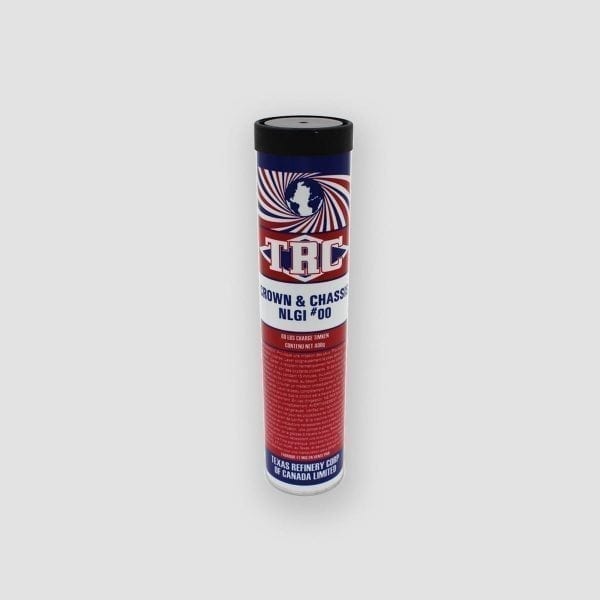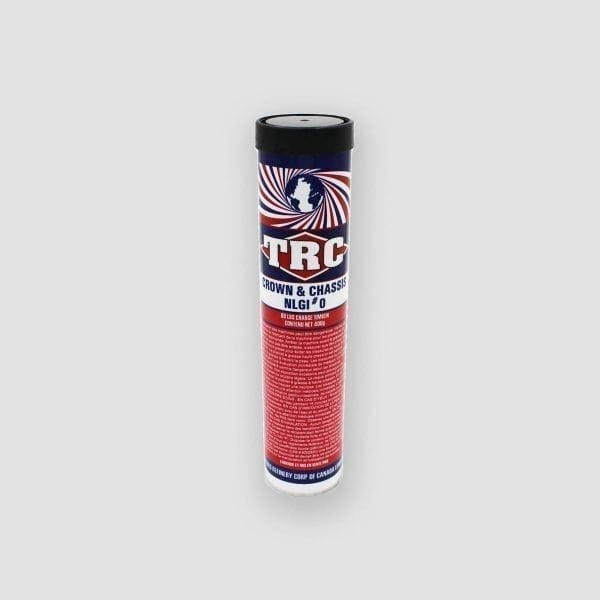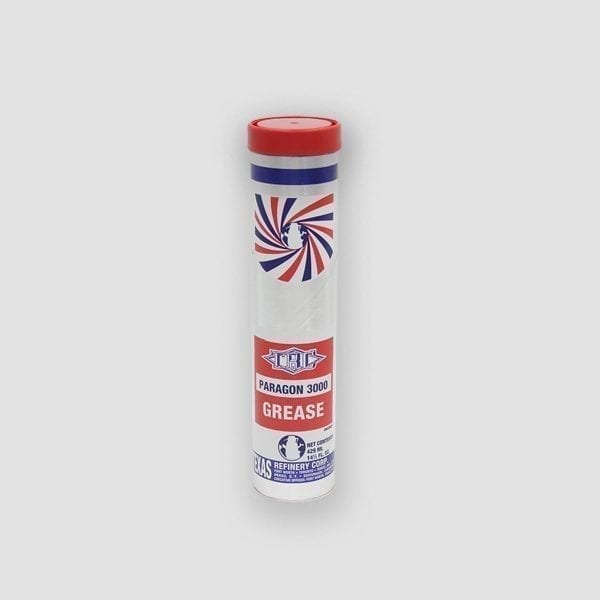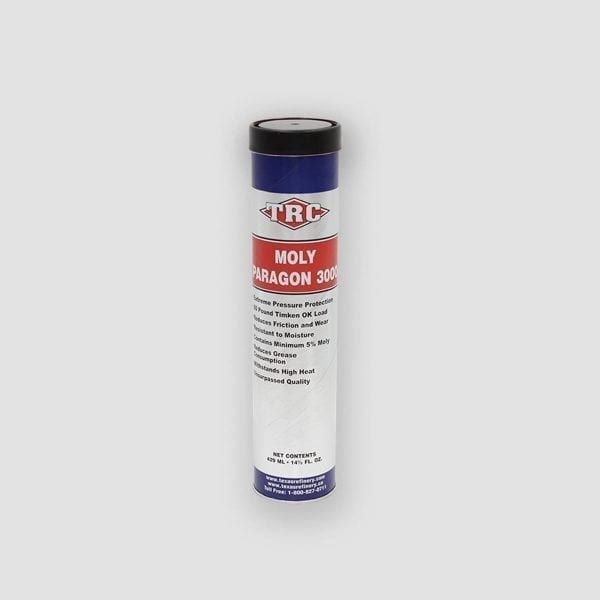WIPEOUT WATER REMOVER

HOW DOES WATER GET INTO FUEL?
A certain amount of water can contaminate fuel via delivery from the pipeline to the supplier and then to your storage tanks. Condensation is also a source of water that occurs naturally with changes in temperatures and humidity. Some areas of the country have more issues with fuel tank condensation than others. If the vent caps of the storage tank are not capped off, leakage of rainwater is also another way water can enter fuel. Diesel fuel and Biodiesel naturally contain a percentage of dissolved water, which can become an issue if the waterreaches its saturation point.
WHAT ARE SOME EQUIPMENT ISSUES THAT CAN OCCUR FROM WATER CONTAMINATION?
If fuel is contaminated with water, it can cause several issues for the equipment and its operation. Equipment operators may see a loss of power or RPMs from the engine due to the water contamination. Other mechanical issues may occur such as rough starting, erratic idling, hesitation upon acceleration and the operator may even notice the fuel itself has a cloudy appearance or emits white exhaust smoke.
OTHER ISSUES CAUSED BY WATER CONTAMINATION
Water can cause catastrophic problems with fuel injection systems, but it can also cause serious issues with storage tanks, as well. If water continues to accumulate in the storage tanks, microbial growth can occur because bacteria and fungi need both food and water to survive. If free water is present, microbial growth can increase, creating slimes that foul the fuel and acids that erode the tank and fuel system. Water contamination can also cause fuel tanks to rust, and when the rust gets into the fuel it causes abrasive wear. For fuel injection systems, corrosion is one of the most common problems. Water can combine with acids in fuel and corrode the metal surfaces. During winter months, icing becomes an issue for equipment operators. In the trucking industry, for example, fuel is warmed as it is circulated from the fuel tank to the fuel pump but when lines/pipes are exposed to the outside air for a period of time, icing can occur in 90 degree fitting areas.





